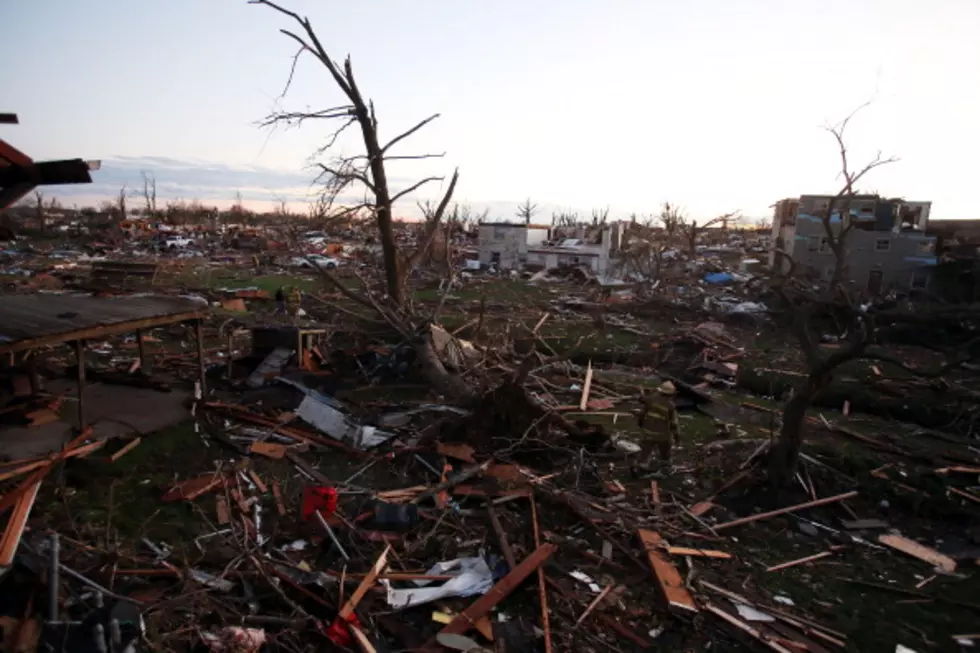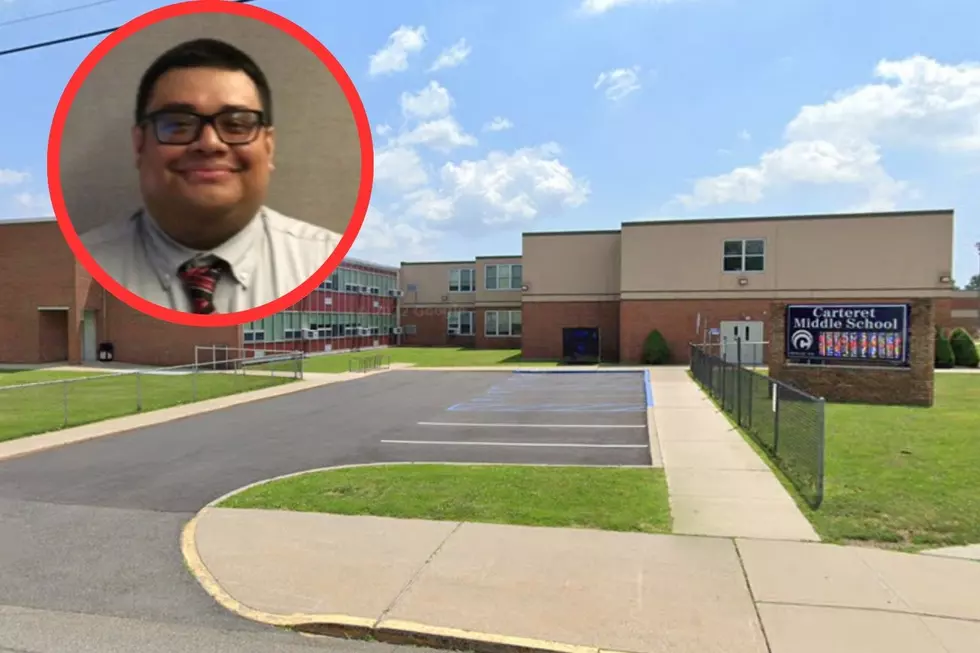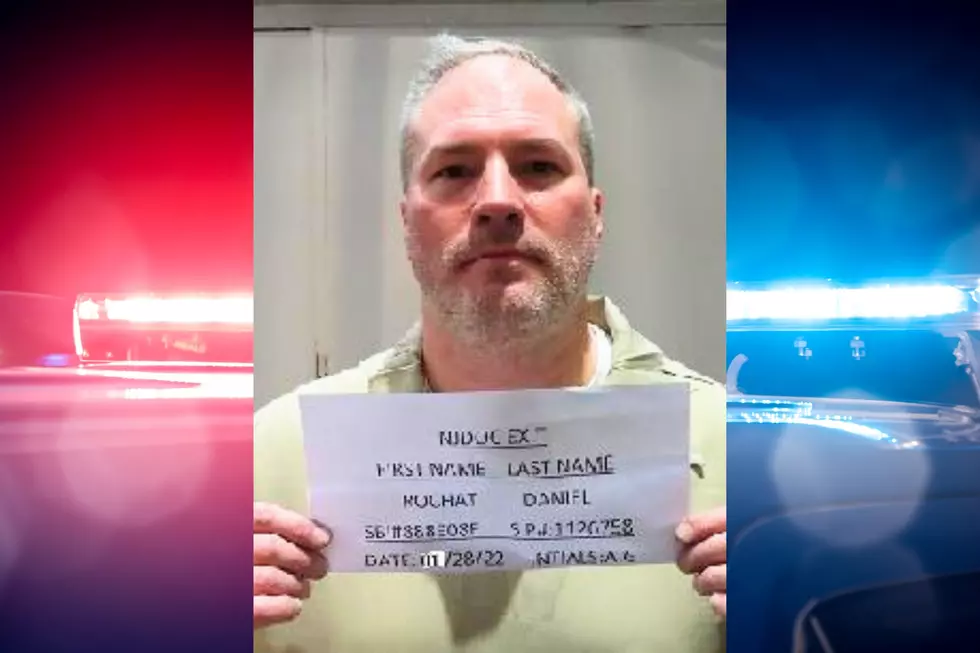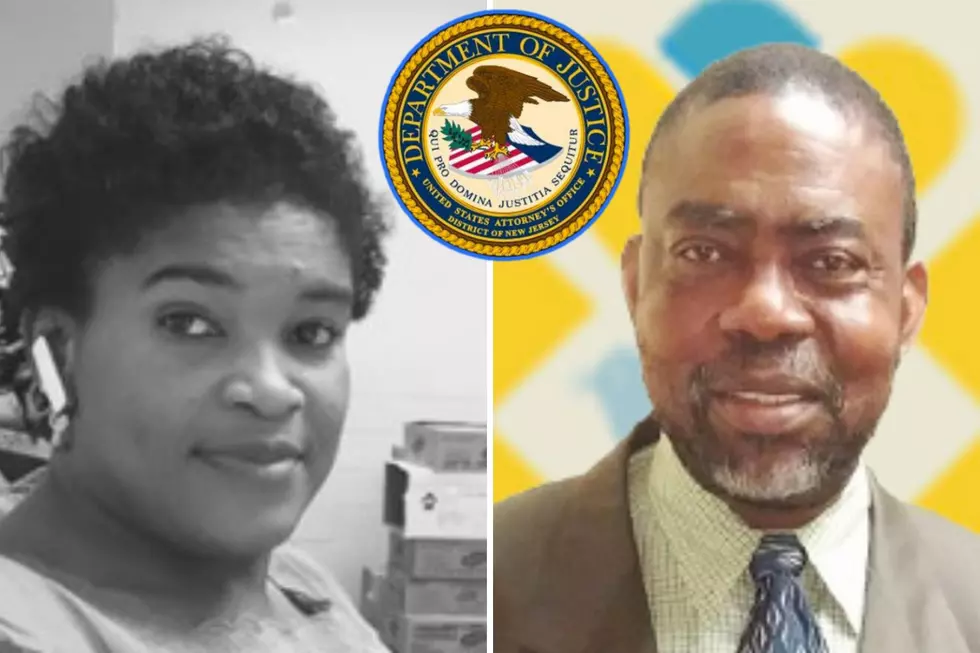
After Twisters, Damaged Communities Come Together
Aaron Montgomery's house was not damaged by the tornado that roared through this central Illinois community. But when the twister knocked out power across town, he had to find a way to keep his 5-year-old daughter alive.
The recipient of a heart transplant last year, Isabel Montgomery requires machinery to help her breathe and eat. So her father furiously made calls looking for help, finally getting through to a construction company that loaned two generators.
"I baby-sat the generators with a gas can last night to make sure they were full and running," he said Monday.
The cleanup from Sunday's outbreak of tornadoes had scarcely begun, but people in storm-ravaged towns like Washington, 140 miles southwest of Chicago, had to keep moving.
The tornado cut a path about an eighth of a mile wide from one side of Washington to the other and damaged or destroyed as many as 500 homes.
It could be days before power is restored in the town of 16,000, state officials said Monday, and debris was still scattered across the streets. But people forced out of their homes were allowed back in Monday to survey damage and see what they could save.
In one neighborhood, homeowners and their friends and families worked quickly in a stiff, cold breeze. Some homes had been shattered into piles of brick, drywall and lumber. Others, like Jessica Bochart's house, still had sections standing.
"All of this can be replaced," she said, gesturing at the collapsed remnants of her ceiling. But inside the home she shares with her husband, son and daughter, she was relieved to find some irreplaceable things intact — photos, family heirlooms and the Bochart's cat, Patches.
"He was sitting under our dining table, looking like, 'What happened?'" Bochart said as she weighed the next set of decisions. Among them: Where will the family live for now? Offers from friends and family had poured in, and they were in a hotel for the moment, but she hesitated with the decision.
"I don't know," she said after a long moment's thought.
Though the powerful line of thunderstorms and tornadoes howled across 12 states Sunday, flattening neighborhoods in minutes, the death toll stood at just eight.
Forecasters' uncannily accurate predictions, combined with television and radio warnings, text-message alerts and storm sirens, almost certainly saved lives.
But in Washington, the hardest-hit town, many families, like the Bocharts, were also in church.
"I don't think we had one church damaged," Mayor Gary Manier said.
Daniel Bennett was officiating Sunday service before 600 to 700 people when he heard a warning. Then another. And another.
"I'd say probably two dozen phones started going off in the service, and everybody started looking down," he said.
What they saw was a text message that a twister was in the area.
Bennett stopped the service and ushered everyone to a safe place until the threat passed.
A day later, many in the community believed that the messages helped minimize the number of dead and injured.
"That's got to be connected," Bennett said as he bicycled through a neighborhood looking for parishioners' homes. "The ability to get instant information."
Another factor was forecasting, which has steadily improved with the arrival of faster, more powerful computers. Scientists are now better able to replicate atmospheric processes into mathematical equations.
In the last decade alone, forecasters have doubled the number of days in advance that weather experts can anticipate major storms, said Bill Bunting of the National Weather Service.
But Bunting, forecast operations chief of the service's Storm Prediction Center in Norman, Okla., said it was not until Saturday that the atmospheric instability that turns smaller storm systems into larger, more menacing ones came into focus.
Information from weather stations, weather balloons, satellite imagery and radar told scientists that there was more than enough moisture — fuel for storms — making its way northeast from the Gulf of Mexico.
Despite Sunday's destruction and at least eight deaths, 2013 has been a relatively mild year for twisters in the U.S., with the number of twisters running at or near record lows.
So far this year, there have been 886 preliminary reports of tornadoes, compared with about 1,400 preliminary reports usually received by the weather service office by mid-November.
Similar slow years were 1987 and 1989.
An outbreak like the one that developed Sunday usually happens about once every seven to 10 years, according to tornado experts at the National Weather Service's Storm Prediction Center and National Severe Storm Lab in Norman, Okla.
There were similar November outbreaks in 1992 and 2002, with the 1992 one being even bigger than this year's, said top tornado researcher Harold Brooks at the storm lab.
The outbreak occurred because of unusually warm moist air from Louisiana to Michigan that was then hit by an upper-level cold front. That crash of hot and cold, dry and wet, is what triggers tornadoes.
Like most November storms, this one was high in wind shear and lower in moist energy. Wind shear is the difference between winds at high altitude and wind near the surface.
Because it was high in wind shear, the storm system moved fast, like a speeding car, Brooks said. That meant the storm hit more places before it petered out, affecting more people, but it might have been slightly less damaging where it hit because it was moving so fast, he said.
(Copyright 2013 The Associated Press. All Rights Reserved)
More From New Jersey 101.5 FM


![5 Confirmed Dead In NW Okla. Tornado [VIDEO]](http://townsquare.media/site/385/files/2012/04/142907686.jpg?w=980&q=75)






